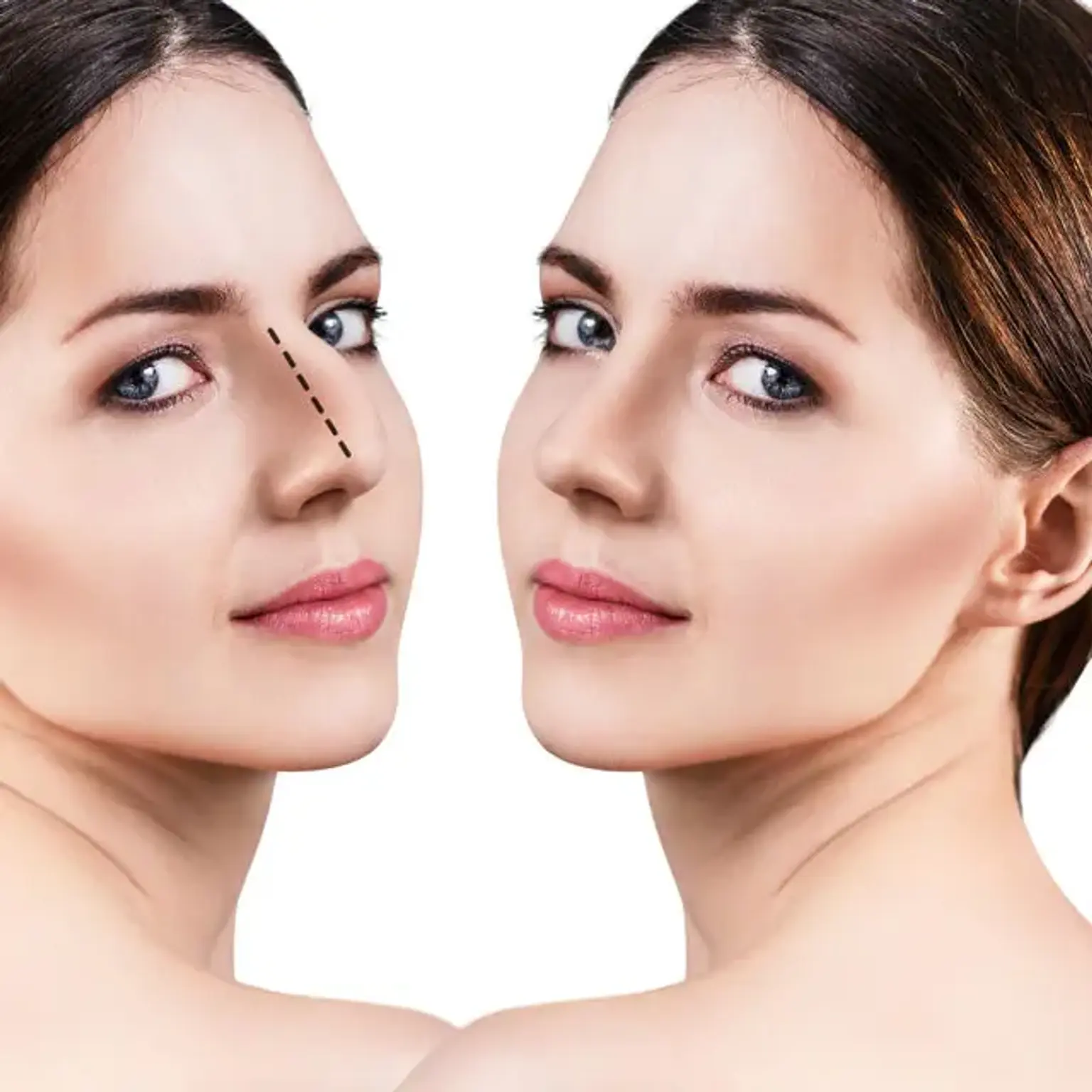Introduction
An aquiline nose is often described as having a prominent bridge that resembles a "hook," making it a distinguishing feature on the face. While some people embrace the natural shape of this nose, others may feel it disrupts facial balance or affects their confidence. This is where aquiline nose reshaping, commonly done through rhinoplasty, comes into play. Rhinoplasty allows for both cosmetic improvements and functional corrections, such as enhancing nasal airflow. Whether for aesthetic purposes or to address medical concerns, aquiline nose reshaping is an increasingly popular option for individuals looking to enhance their facial harmony.
This procedure isn't just about improving appearance; it can also improve quality of life. Some patients seek reshaping to correct breathing issues related to the structure of their nose. However, the most common reason for seeking rhinoplasty remains aesthetic: patients desire a more balanced facial profile.
What is an Aquiline Nose?
An aquiline nose is characterized by a curved, prominent bridge, often compared to the shape of an eagle’s beak, which is where the term "aquiline" comes from. The defining feature of this nose type is its pronounced curve, giving it a more angular, distinct look. Many cultures around the world have come to associate the aquiline nose with strength, nobility, or high status.
People with an aquiline nose may have a profile that looks sharper, with the nose being the most prominent feature of their face. For some, this aesthetic can lead to feelings of self-consciousness, especially if the nose stands out too much compared to other features. Historically, the aquiline nose has been celebrated for its elegance, often seen in famous figures from ancient civilizations to modern-day celebrities like Adrien Brody and Tom Cruise.
The aquiline nose shape is more common in certain ethnic groups, including people of European descent, particularly those of Italian, French, and Spanish backgrounds. While this nose shape is sometimes associated with ethnicity, it’s important to note that it can be found in individuals of various backgrounds worldwide.
